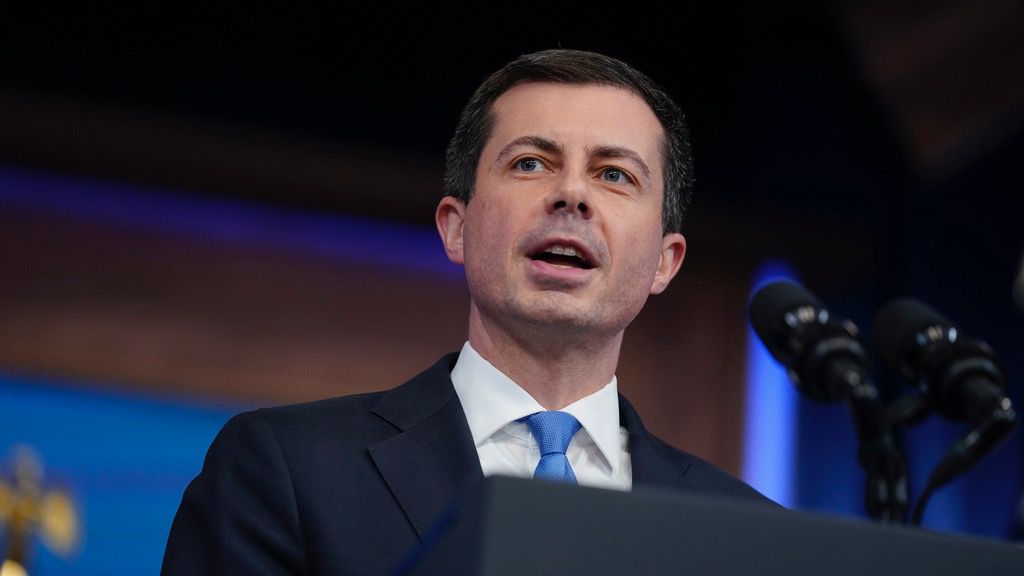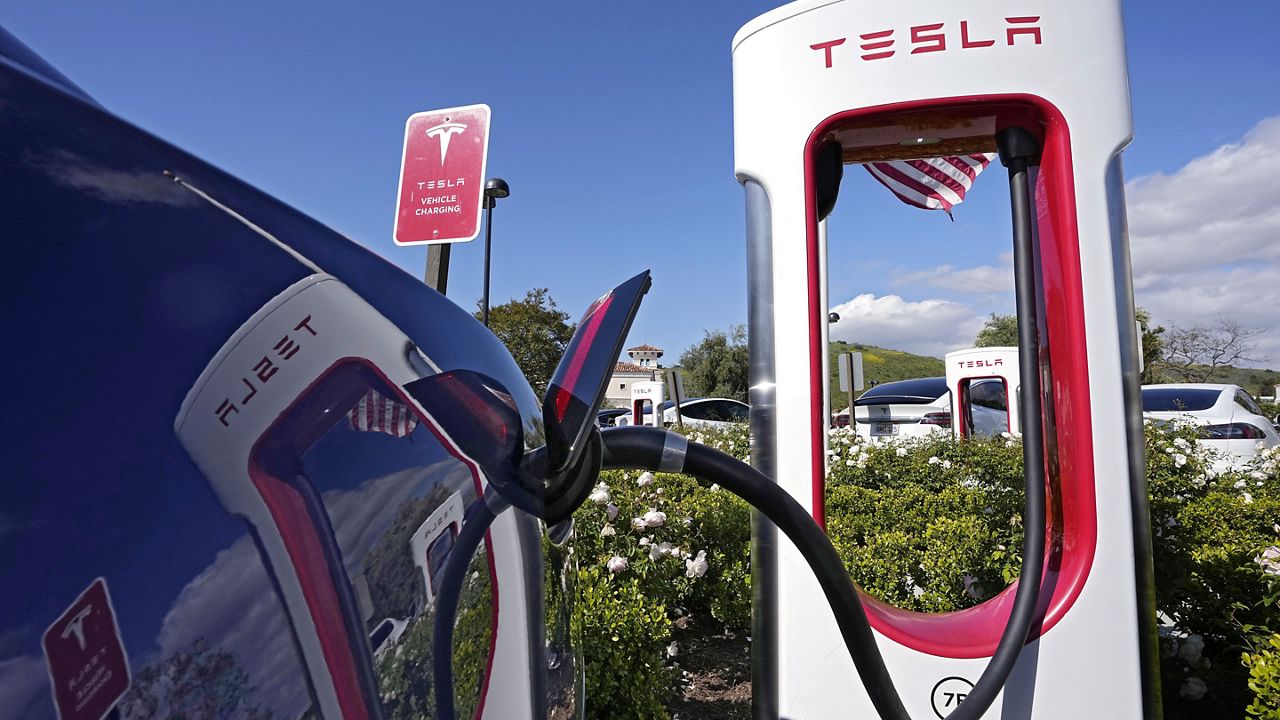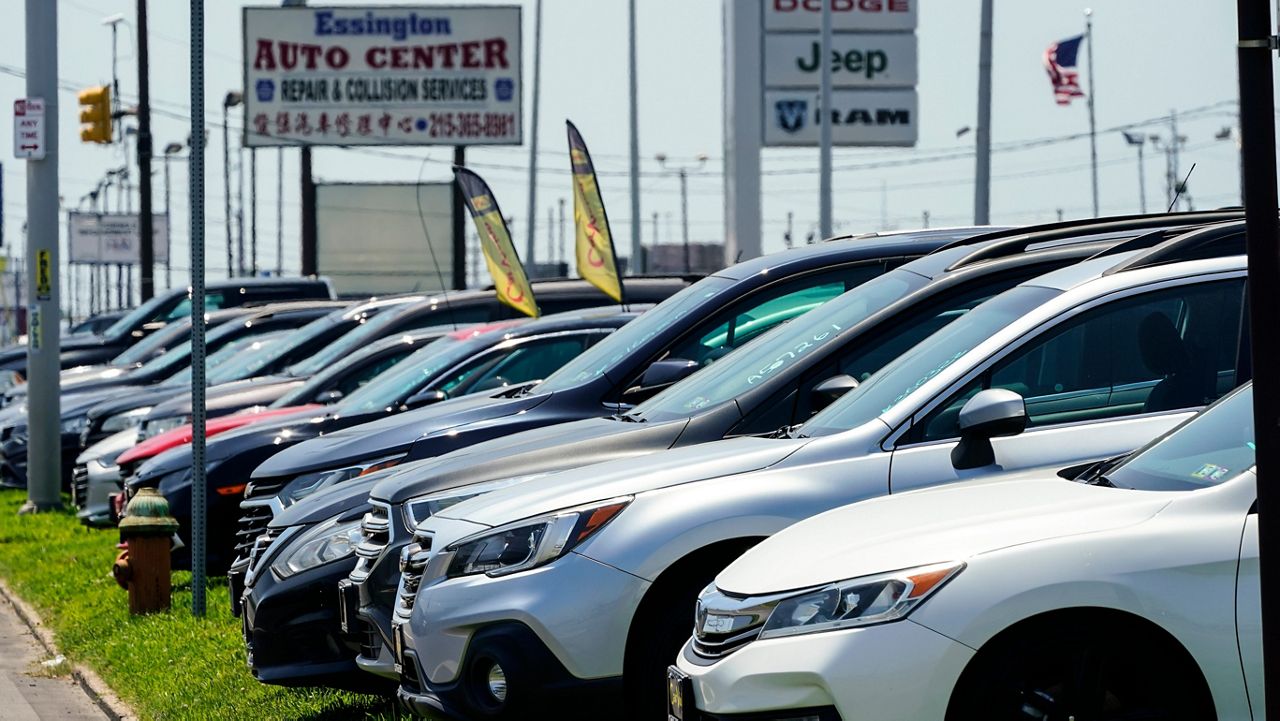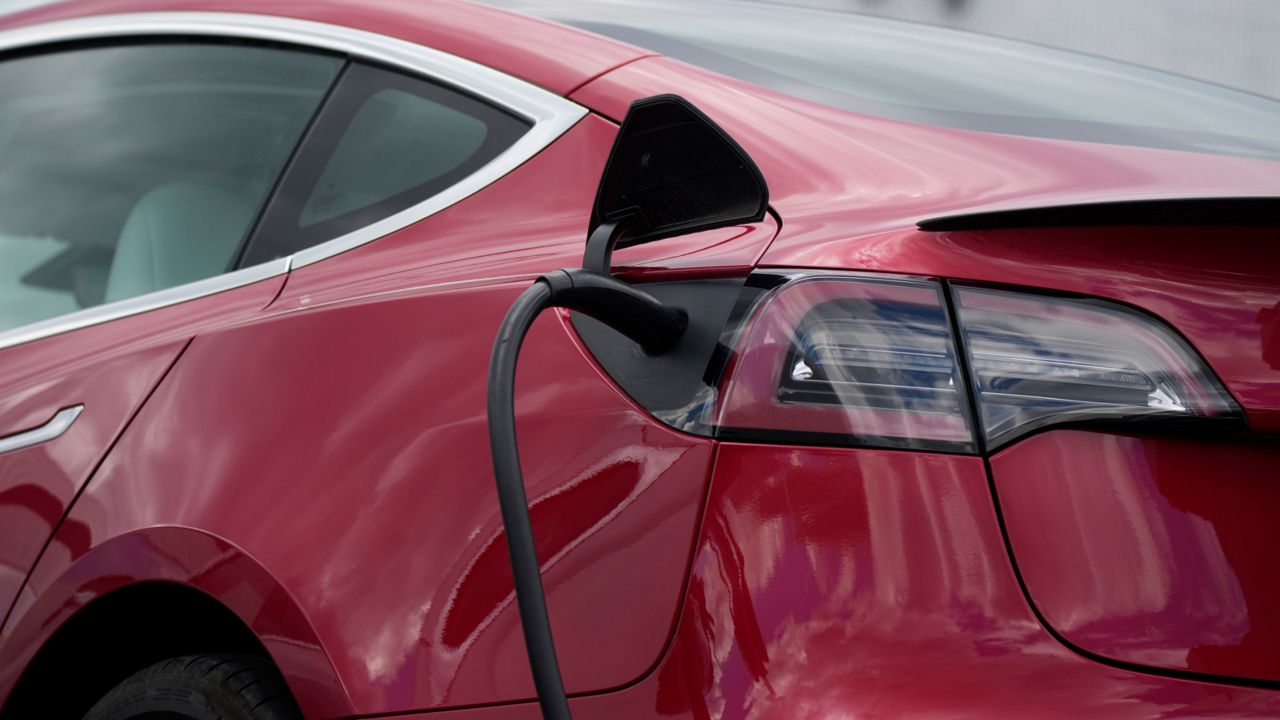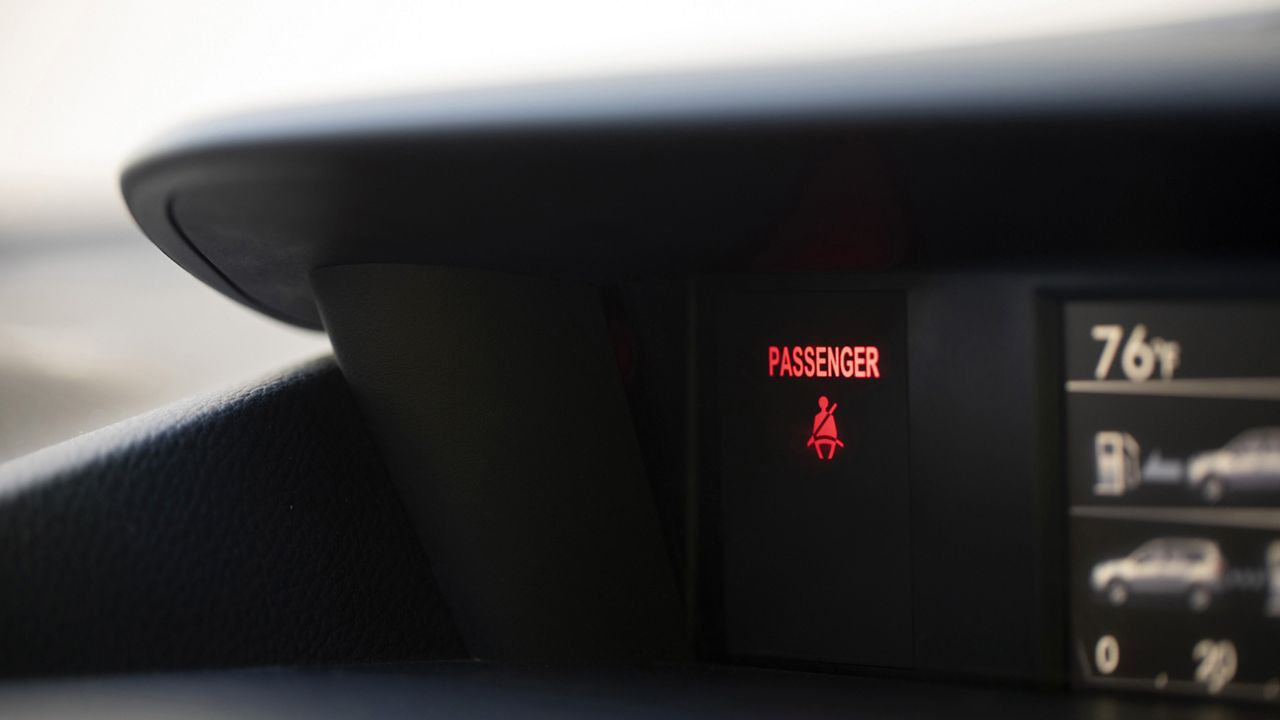Passenger vehicles could be required to get 58 miles per gallon by 2032 under a new proposal the National Highway Traffic Safety Administration introduced Friday. Fuel economy would need to increase 2% annually for passenger cars and 4% annually for light trucks between the 2027 and 2032 model years.
“Better vehicle fuel efficiency means more money in Americans’ pockets and stronger energy security for the entire nation,” U.S. Transportation Secretary Pete Buttigieg said in a statement.
Friday’s proposal also recommends heavy-duty trucks and vans increase their fuel efficiency by 10% annually between 2030 and 2035.
The proposed standards are intended to align with the emissions standards the U.S. Environmental Protection Agency announced earlier this year, which would require that 60% of new vehicles sold in the United States be electric by 2030.
In proposing the new standards, NHTSA said the auto industry had flexibility to achieve the new miles-per-gallon targets and could use all available technologies, including advanced internal combustion engines, hybrids and electrics to comply.
NHTSA will spend the next 60 days taking public comment from consumers, unions, automakers, states and environmental groups before finalizing the new rules.
“We’re reviewing the Department of Transportation’s proposal,” Alliance for Automotive Innovation President John Bozella said in a statement. “At first glance, it appears NHTSA tried to sync up these fuel economy rules with EPA’s 2027-2032 greenhouse gas emissions rules with which we’ve already raised concerns.”
He said that conflicting and overlapping rules are complex and expensive for car companies and encouraged a return to a single national standard to reduce carbon in transportation.




